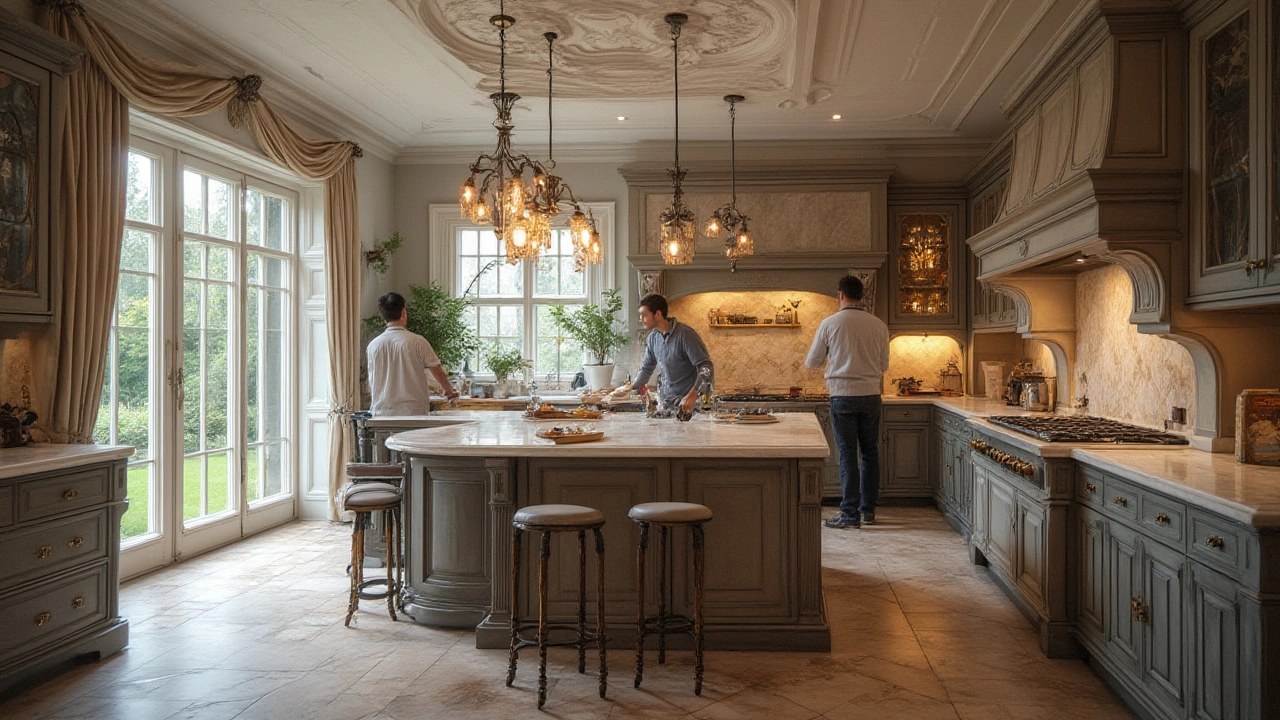Most Expensive Home Renovation: What Really Costs and Why
If you’ve ever wondered why a kitchen remodel can hit six figures, you’re not alone. The price tag isn’t just about fancy appliances; it’s a mix of materials, labor, permits, and hidden extras that stack up fast. Knowing where the money goes helps you avoid nasty surprises and plan a realistic budget.
Big Money Drivers in Luxury Renovations
First, high‑end materials take the biggest bite. Think natural stone countertops, hand‑crafted hardwood floors, and custom‑milled cabinets. These items can cost $200‑$500 per square foot, especially if you source rare stone from overseas.
Second, specialist trades add up quickly. Installing a slab of marble, wiring a smart home system, or fitting bespoke lighting often requires licensed experts who charge premium rates. Expect $100‑$150 per hour for top‑tier electricians and plumbers.
Third, permits and design fees are easy to overlook. A major structural change—like moving walls or adding a second story—needs council approval. Permit costs vary by region but can run $5,000‑$15,000, plus architectural drawings that start around $2,000.
Finally, unexpected issues can skyrocket costs. Discovering mold, bad foundation, or outdated wiring during demolition often leads to extra repairs. A mold remediation add‑on can be $3,000‑$10,000, while fixing a foundation crack may cost $20,000 or more.
Smart Ways to Keep the Budget in Check
Start with a clear scope. Write down every detail you want—materials, finishes, fixtures—so contractors can give precise quotes. Avoid vague requests like “premium kitchen” that leave room for interpretation.
Shop around for suppliers. Even luxury goods have price ranges, and a local stone yard might match a distant importer’s price if you ask for a bulk discount.
Consider phased work. If a full remodel is out of reach, tackle high‑impact areas first—like a new bathroom or a statement living‑room floor—then move on to less critical rooms.
Ask for a fixed‑price contract. This moves risk from you to the builder and forces them to account for contingencies up front. Make sure the contract includes a clear list of what’s covered and what’s extra.
Lastly, keep a reserve fund. Set aside 10‑15% of the total budget for surprise costs. That way, a hidden mold problem won’t halt the project.
Renovating on a big budget can feel overwhelming, but breaking down costs and planning ahead makes it manageable. Focus on the areas that add the most value—quality flooring, smart tech, and timeless design—and you’ll end up with a space that looks and feels worth every penny.
What is the Most Expensive Thing to Renovate in a House? Real Costs Uncovered
- Gavin Whitaker
- |
- |
- 0
Uncover the most expensive elements to renovate in a house. Find out which upgrades truly break the bank and how to get the most value for your dollar.
View more